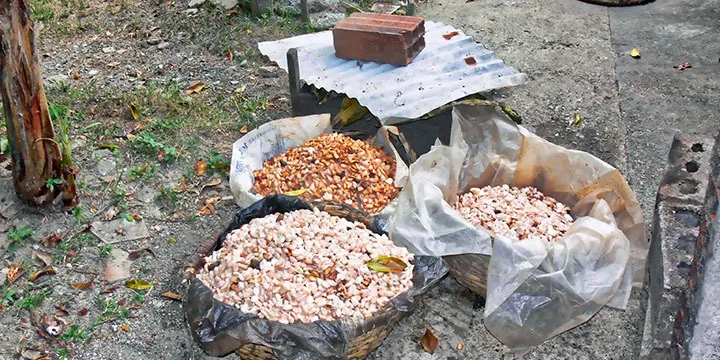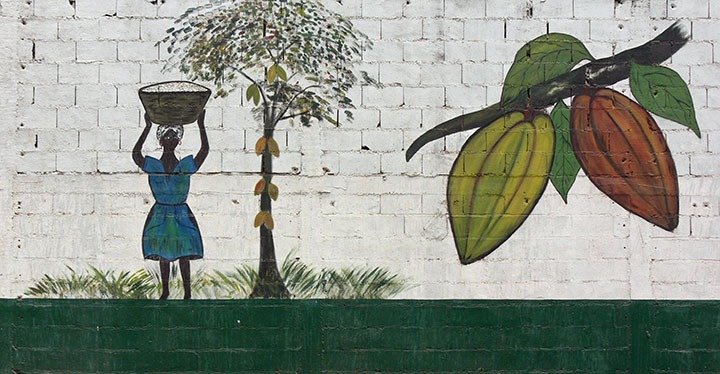The State of Bean-to-Bar Chocolate 2017 — Part 2

Recap and restatement
In the first story in this series (State of Bean-to-Bar Chocolate 2017), I characterized the current state of the small-batch chocolate market as fragile. From what I observed in my travels in 2017, there are some structural issues that indicate that much work needs to be done in order for craft chocolate to continue to grow as it has and should, and prosper.
My sense of fragility in the sector is based on the following observations and anecdotal data gleaned over the past year:
- The rate of growth in the quantity of specialty beans is greater than the rate of growth in production capacity of small makers; and
- The rate of growth in the number of new makers is greater than the growth in the number of new consumers; and
- The rate of growth in distribution and sales channels is slower than the rate of growth of new chocolate makers (and may be close to saturation).
So, as the supply of beans is increasing, the ability of makers to consume this supply is decreasing in proportion. At the same time, the ability to get chocolate to a consumer base that may be close to saturation, via distribution and sales channels that are struggling to keep pace with the number of new makers, is becoming more problematic.
Looked at one way, growth has been phenomenal. From one maker in 1997 there are something like 500 new small from-the-bean makers making and selling chocolate today. That’s a compound annual growth (CAGR) 36.5%. Assuming 50 makers in 2007 and 500 today returns a CAGR of 26%.
While growth on the supply side is nothing short of amazing in relative terms — in absolute terms it is minuscule.
Estimates are that those 500 makers generate somewhere between US$250,000,000 and US$500,000,000 in sales, annualized, globally and consume – at most – 6,000MT of beans annually, or an average of just 12MT of beans per maker per year.
$500,000,000 is 0.5% of the global chocolate market. (Sales of white chocolate alone is forecast to reach $17.5 billion.) 6,000MT is less than 0.15% of the total harvest.
The Challenge
It has taken 20 years to get to this point. Given what I see as fragility in the sector two questions I have been asking are:
- How long will it take to double production, chocolate sales, and bean consumption?; and
- What will it take to get there?
Assuming a doubling in the number of new makers from 250 to 500 in the past five years, doubling sales in five years – making all sorts of other unprovable assumptions – will require the same sustained annual growth rate of about 15%.
What is it going to take to sustain 15% or better growth over the next five years? And is doubling the sector in five years going to be enough? Assuming the average price of a bar of specialty chocolate remains relatively flat, some combination of the following needs to happen:
- An increase in the number of consumers and/or the amount each consumer buys. (It’s not necessary to double the number of consumers if part of the existing customer base increases their average purchases significantly.)
- An increase in the number of distribution and sales channels to get the chocolate to these new consumers.
From the perspective of chocolate makers and not the market, the way to present the above is:
Do makers have the capacity (machinery and space) to double production?
- Do makers have access to the necessary capital to double production? Is it reasonable to expect that makers will be able to do this out of free cash flow?
- Do makers have access to distribution and sales channels capable of handling twice the amount of chocolate currently being made?
- Are there enough customers willing to buy twice the amount of chocolate currently being made?
Assuming makers have the production capacity and financial resources to double the amount of chocolate they are currently making, it’s not enough just to make the chocolate and hope to be able to sell it – that’s part of the fragility of the sector. Makers must have access to distribution and sales channels and there must be customers willing to buy that chocolate.

The potential impact of that last sentence cannot be overstated. How saturated are the channels and the market? Are the channels already over-full? (Can the average Whole Foods Market sell twice the amount of specialty chocolate they are selling today?) Are we selling chocolate to the majority of buyers interested in buying it?
I am not being pessimistic here, in fact, I think that the goal of sustained 15% growth and doubling the market is achievable, if certain things are done. And done well, the market can grow even faster.
What will it take?
Following are top-line bullet points I’ve been working on as a part of my consulting work. I will go over each in detail in the third, and final, part of the series:
- Better data about bean supply, consumption, and sales
- Better modeling of the cost of production
- Improve access to financing
- Expand the range of products being made
- Expand the use of geographic indicators
- Develop consistent messaging
- Coordinate marketing efforts
- Encourage hobbyist communities
- Avoid the mistakes of certification programs